The missing 1,160 bodies from the Titanic wreckage remain unfound over extreme depths, harsh conditions, and decomposition.
The sinking of the RMS Titanic on April 15, 1912, remains one of the most tragic maritime disasters in history.
Over 1,500 people lost their lives when the luxury liner struck an iceberg and sank into the icy waters of the North Atlantic.
Despite extensive searches and numerous expeditions to the wreck site, more than 1,100 bodies have never been recovered.
This raises a poignant question: why have these bodies never been found?
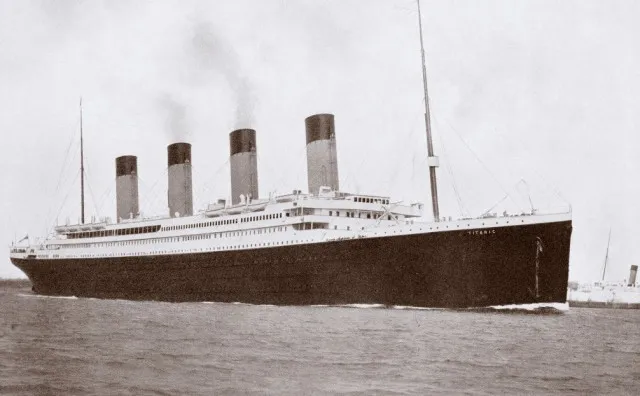
The depth of the Titanic wreckage left people overwhelmed.
The Titanic wreck lies approximately 12,500 feet (3,800 meters) below the ocean’s surface.
This extreme depth poses significant challenges for underwater exploration and recovery efforts.
The immense pressure at such depths is over 300 times the atmospheric pressure at sea level.
This makes it extremely difficult for submersibles and remotely operated vehicles (ROVs) to operate effectively.
The pressure can cause damage to delicate equipment and complicate efforts to retrieve objects from the seabed.
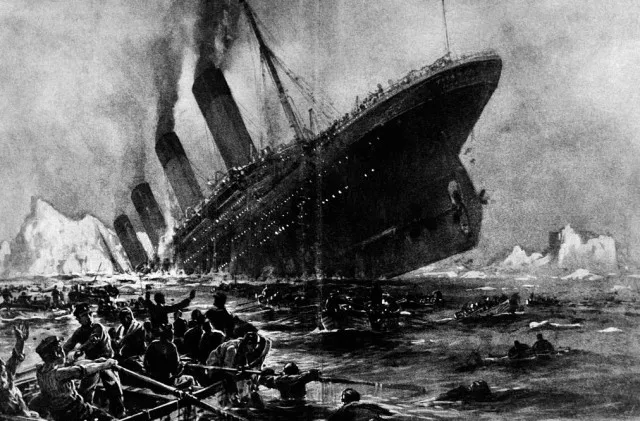
Why have missing 1,160 bodies never been found in the Titanic wreckage?
The harsh environmental conditions contribute to the missing of 1,160 bodies
The Titanic wreck is located in an area of the ocean that experiences harsh environmental conditions.
The cold temperatures and strong currents can impact the stability of the wreck and the preservation of any remains.
Over the years, the Titanic has been subject to corrosion and deterioration, which can affect the visibility and accessibility of the site.
The harsh environment contributes to the difficulty of finding and recovering bodies from the wreckage.
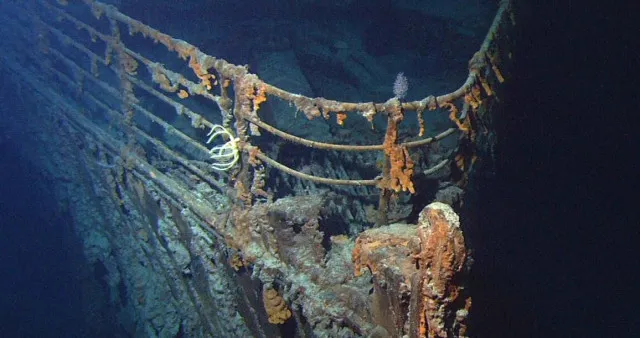
Another important factor is the vast area of the Titanic wreck site.
The ship itself is enormous, measuring over 880 feet (268 meters) in length.
The search for specific remains is difficult because the wreckage covers a vast area of the ocean floor.
The lack of precise records about each person’s location on the ship complicates the search for bodies.
This absence of detailed information makes it challenging to pinpoint where specific remains might be found.
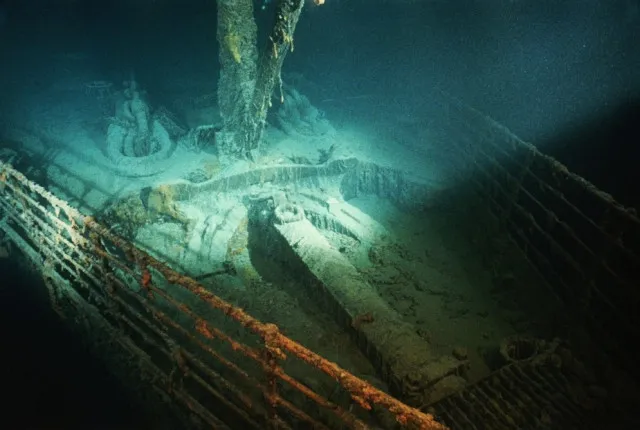
Decomposition and marine life also play a crucial role
In cold, deep-sea waters, human remains can decompose at a slower rate; however, they are still subject to the harsh conditions of the ocean environment.
Over more than a century, marine life has likely consumed or decomposed any bodies that remained at the site.
Forensic experts like Professor John Cassella have noted that bones degrade quickly in salty water.
He explained that while some remains might still exist, identifying them would be incredibly challenging.
Scattered bones covered in silt make recovery nearly impossible.
Evidence of missing 1,160 bodies at Titanic wreckage
Explorers have found clothing and personal items, such as shoes, within the wreck, but they have not found any human remains.
Filmmaker James Cameron, who has made more than 30 dives to the wreck, mentioned that these items suggest that bodies were once present.
However, the lack of intact remains indicates that they have either deteriorated or been removed from the site.
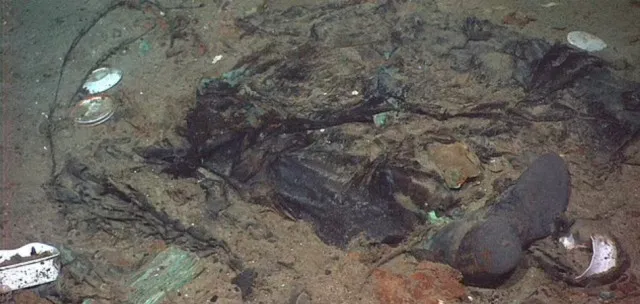
Ethical considerations in recovering bodies from the Titanic wreck
Efforts to locate and recover bodies from the Titanic wreck have been complicated by the ethical considerations involved.
Many families of the victims have expressed their desire to leave the site undisturbed as a memorial to those who perished.
The Titanic wreck has become a solemn grave site, and there is a strong sentiment to preserve the dignity of the site and the memory of those who lost their lives.